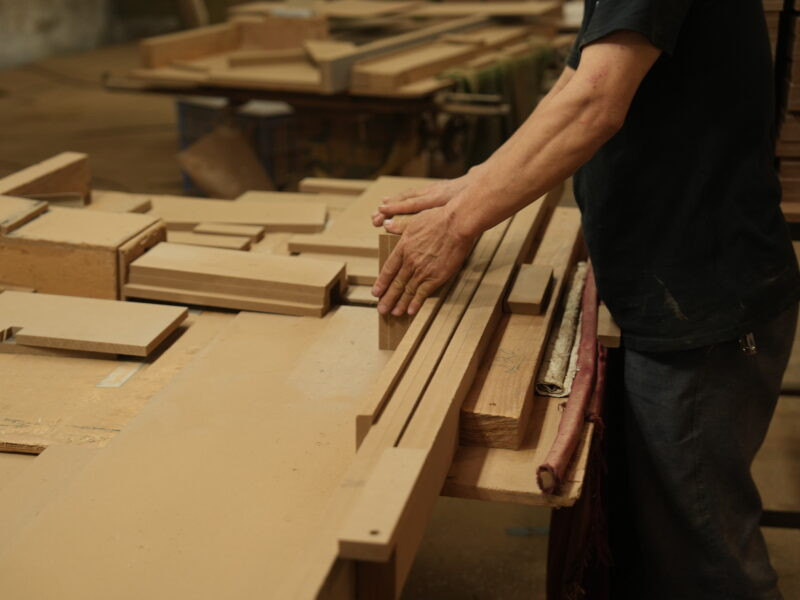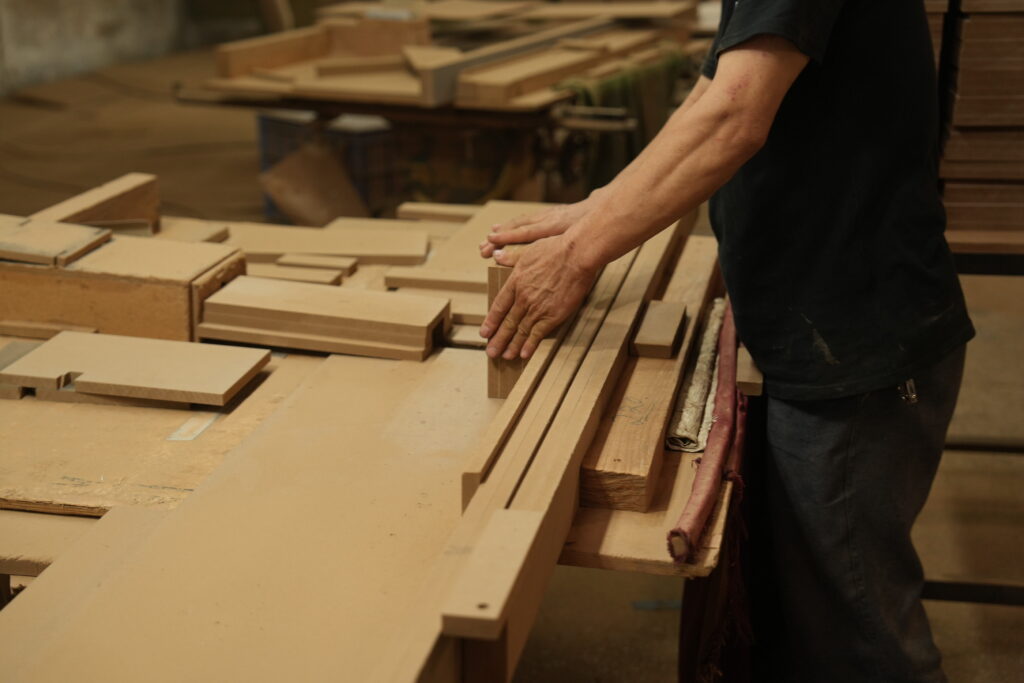
When buying a foosball table, most people focus on design, gameplay features, and branding. However, one crucial element often overlooked is the material. The construction material directly impacts the table’s durability, cost, visual appeal, and suitability for different environments.
Whether you’re a distributor, event organiser, or retail buyer, understanding the strengths and weaknesses of MDF, solid wood, and steel foosball tables is key to making informed decisions that align with your brand and operational goals.
In this guide, you’ll discover which foosball table material is best for your needs, with industry insights from globalsail.cn—a leading custom foosball table supplier based in China.

Three primary materials dominate the market for foosball table construction:
Each offers unique benefits, and the right choice depends on usage, location, and customer expectations.
MDF foosball tables are made from engineered wood and are especially popular in budget-conscious or promotional projects.
Advantages:
Limitations: Not moisture-resistant; unsuitable for outdoor use.,Susceptible to wear, chipping, and warping.
Best For: Home users, beginner players, temporary setups, marketing campaigns.
Solid wood tables are crafted from natural timber and are synonymous with craftsmanship and durability.
Advantages: Extremely durable and long-lasting. ,Elegant, upscale appearance. ,Heavy build ensures stable gameplay. ,Can be customised through staining, engraving, or polishing.
Limitations: :Higher upfront cost.,Heavy and less portable. ,Sensitive to humidity and temperature changes.
Best For: Boutique retailers, luxury hotels, clubhouses, premium recreational venues.
Steel foosball tables are ideal for environments that demand high durability and frequent use.
Advantages:
Limitations:
Best For: Commercial entertainment centres, arcades, sports bars, event rentals.
| Feature | MDF | Solid Wood | Steel |
|---|---|---|---|
| Durability | Moderate | High | Very High |
| Cost | Low | High | Medium to High |
| Weight | Light | Heavy | Very Heavy |
| Appearance | Customisable | Traditional | Functional |
| Best Use | Home, promos | Luxury venues | Commercial areas |
| Weather Resistance | Low | Low | High |
Your choice should depend on your target market, usage context, and operational needs.
All materials are carefully selected for durability, safety, and gameplay quality, and meet international export standards.
A European distributor began with entry-level MDF tables for testing. Feedback showed demand for more durable options. They transitioned to a steel-MDF hybrid, lowering return rates and enhancing reputation.
Later, they added a solid wood OEM series for retail, doubling profit margins. Material choice played a key role in scaling and customer satisfaction.
So, which material is best?
A reliable supplier like globalsail.cn will offer tailored advice and flexible configurations to meet your specific goals.
Is MDF durable enough for everyday use?
Yes, it works well for casual play, but not recommended for commercial environments.
Which material is best for outdoor foosball tables?
Steel or stainless steel, preferably with powder coating.
Can I mix materials in one table?
Yes. Many commercial models use MDF and steel for cost-efficiency and strength.
Does solid wood require maintenance?
Occasionally, especially in humid conditions. Regular polishing is advised.
What do most distributors prefer?
Steel-MDF hybrid tables due to their balance of durability, appearance, and affordability.